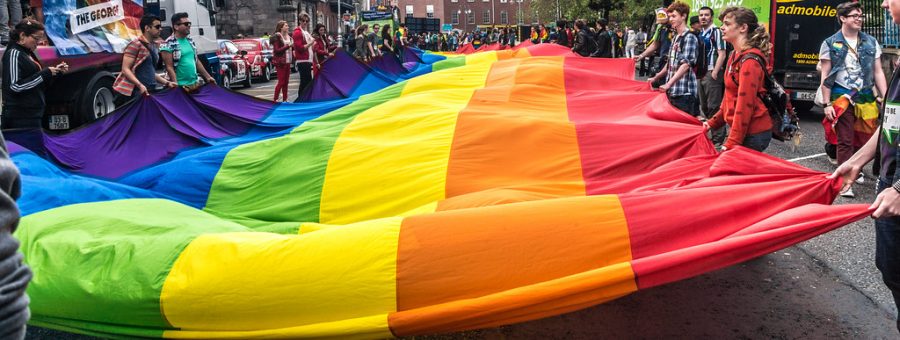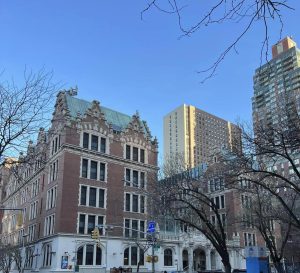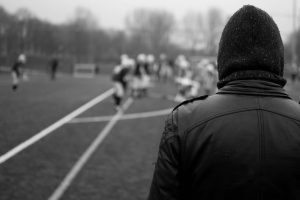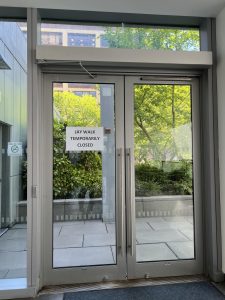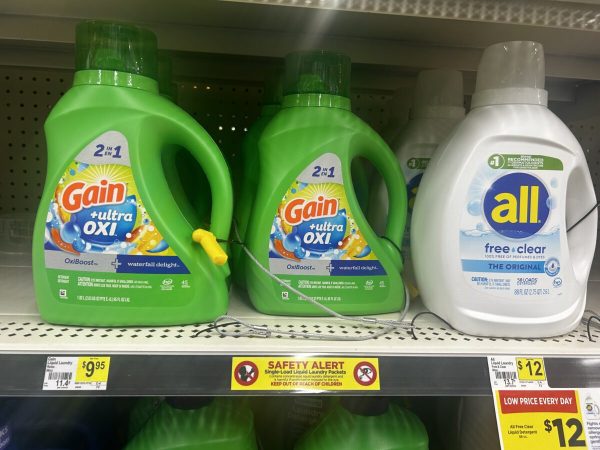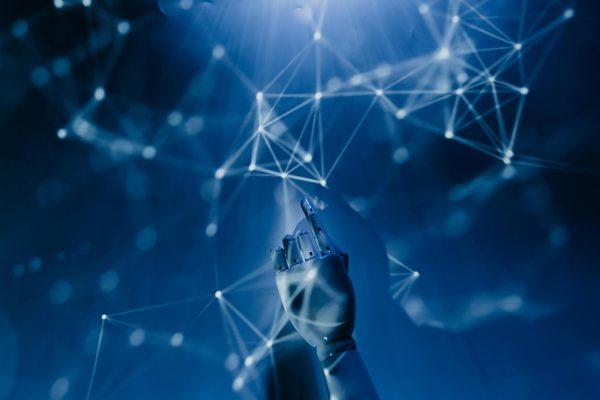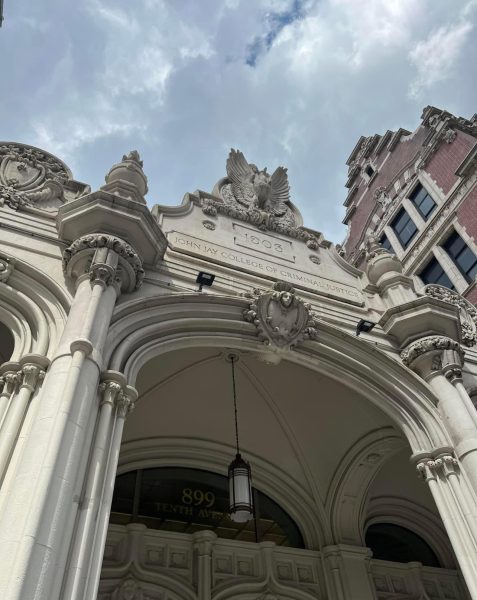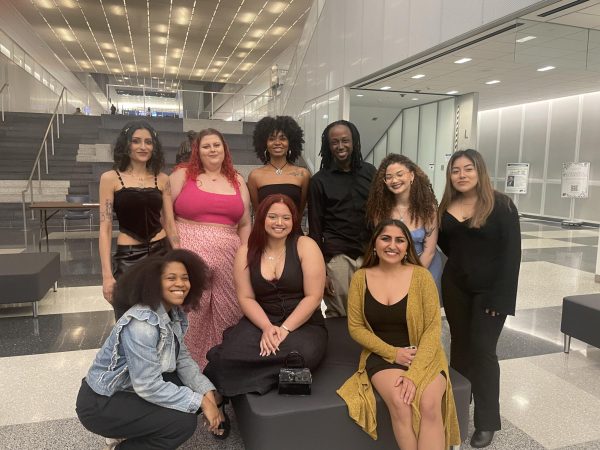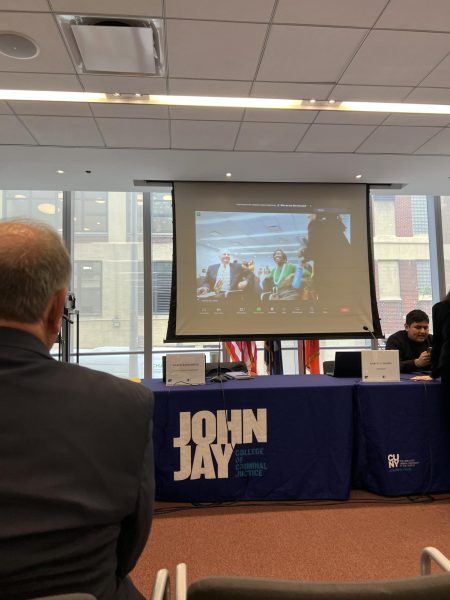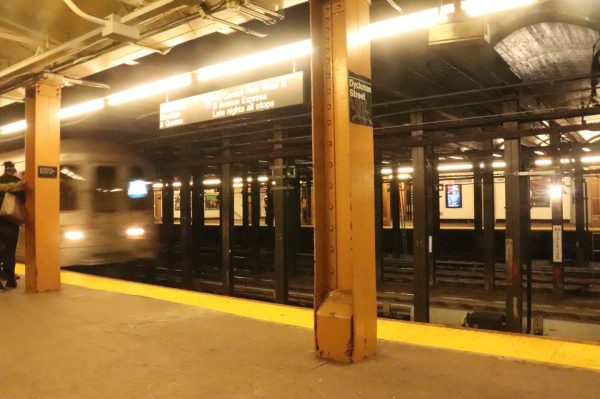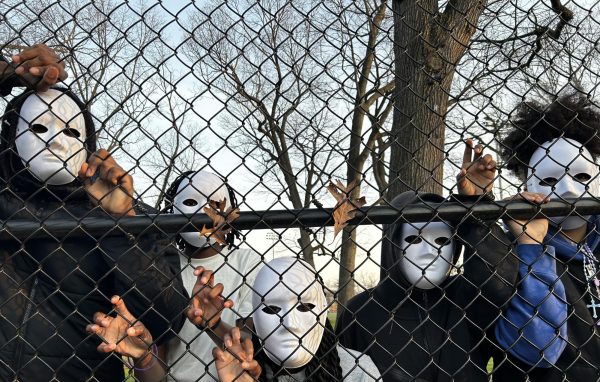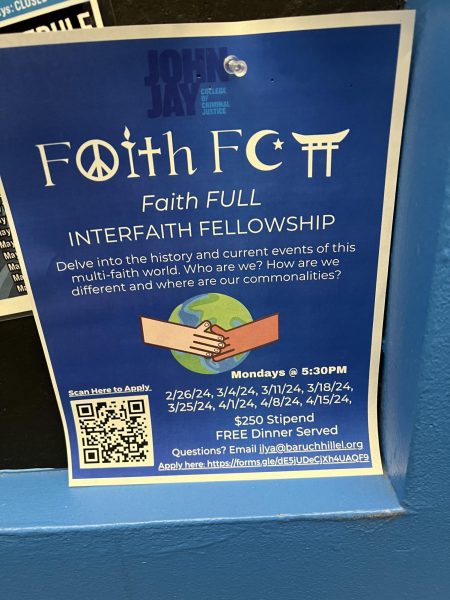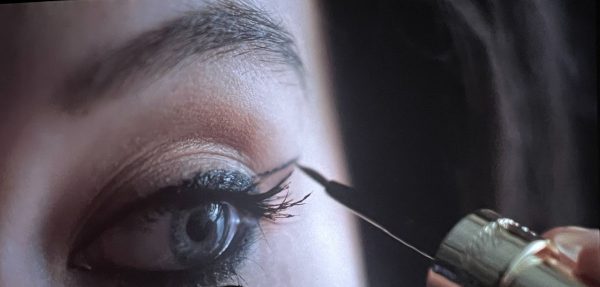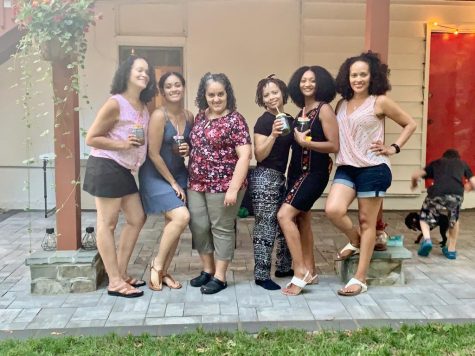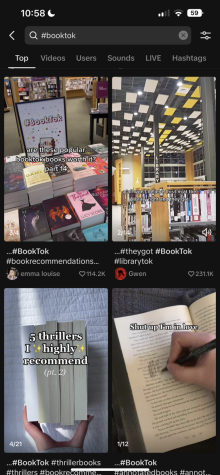Safe Zone Allyship Training Educates the John Jay Community on Being an Ally
June 8, 2021
Last month more opportunities were announced to be on campus for the Fall Semester. The Safe Zone Allyship Training sponsored by the John Jay Department of Counseling and Human Services will be offering a chance to learn how to be an ally for the LGBTQA+ community on campus.
This service is currently done virtually and welcomes all students, faculty, and staff every week during the semester. Although it has been a while since people have interacted in person, the practice of respecting one another’s identities and pronouns is still essential because it creates inclusiveness within the environment.
It can be applied to not only on-campus situations but in other settings such as the workplace.
One of the main goals of the training is to create social justice by eliminating the amount of violence, whether it’s physical or verbal, towards LGBTQA+ folks.
Professor Felice Shoot, who is a trainer at the Safe Zone Allyship Training and teaches counseling courses at John Jay, states, “People don’t think there’s violence going on, on campus. It’s sort of like ‘Hello, this really happens!’”
Professor Naz Seenauth is a part of the LGBTQA+ community, a trainer, and a graduate of John Jay. He said, “I think it starts with education, and then it goes to what actual actions folks can do.” He continued, “A lot of the times discrimination and acts of violence towards communities are often rooted in an irrational fear.”
Professor Seenauth explained his experience with Safe Zone Training and what it looked like at its start.
“I was one of the first folks that attended the Safe Zone Training. The number of hands throughout the years has changed,” he said. “I think one of the questions was ‘how many of you think that an openly trans student would be safe everywhere on campus?’ In the beginning, no one raised their hands.”
The Safe Zone Allyship Training can serve as this first step to education where the John Jay community can work together to learn new terms and concepts that they may have been unsure about or even never really knew about.
“As time has passed, people started raising their hands more often, which was a relief for me since I was starting to transition as a student and now as a professor here,” he added.
The training begins with questions and icebreakers for the participants to engage and learn with others. “We have an activity where folks are trying to define some of the words they don’t know,” said Seenauth. “And then in groups, we have a conversation about the words. So we have those small breakout rooms where folks can have those conversations via Zoom.”
A common concept that people tend to misunderstand is gender vs. sex. A lot of the time, people link these two when they have two different meanings. While sex refers to biological aspects, gender has more to do with expressionism and how one feels about themselves.
For students to learn more about terminology, John Jay has posted a list of popular terms people use.
Another topic that people seem to struggle with is pronouns. “Because I work primarily with LGBTQ folks, often our best practice is that whenever I’m meeting someone new, I introduce my name and my pronouns,” said Professor Seenauth. “That’s why during the first day of class I like to focus on pronouns…to get students used to asking for each other’s pronouns during a conversation.”
This can apply not just to students, but to faculty and staff. It can be helpful to jot down their names in notes with their pronouns for future encounters with them.
Understanding sexuality and gender-identity terms are important when it comes to educating yourself about supporting fellows from the LGBTQA+ community. It helps avoid saying comments that can potentially be harmful towards them.
Not only this, but it promotes diversity and acceptance of one another regardless of the differences.
Professor Shoot expressed, “Once you go through the training, you’re not an expert; none of us are experts. I think people have to realize when they go through the training that just because you have done this, it does not mean you know everything. We’re human, we make mistakes.”
One may ask, ‘so what do I do when I make a mistake?’ Believe it or not, it is common to unintentionally mistake someone’s pronouns.
“Even though I am trans, there are moments when I mess up folks’ pronouns,” said Seenauth.
He suggests how to react after doing so. “Owning up to it, briefly apologizing and addressing it immediately, but not in a way where they feel like they have to take care of me for messing up their pronouns and just reiterating that I’m going to try to do better.”
Just by briefly acknowledging the mistake and offering an apology is a way to show the individual that it was not done with any malice. It is also just a part of learning and putting the effort into being an ally.
Lee Galdos, a freshman from John Jay who is a part of the LGBTQA+ community and uses they/them pronouns says, “Listen more than you talk. Be open. If you’re cis, ask people their pronouns. Normalize that.”
Acknowledging an individual’s pronouns is also acknowledging them as a person and their identity.
“You always have to check your own biases. The more diverse, then the more enriched and inclusive a space can be,” they added.
To schedule a Safe Zone Allyship Training visit this website.


